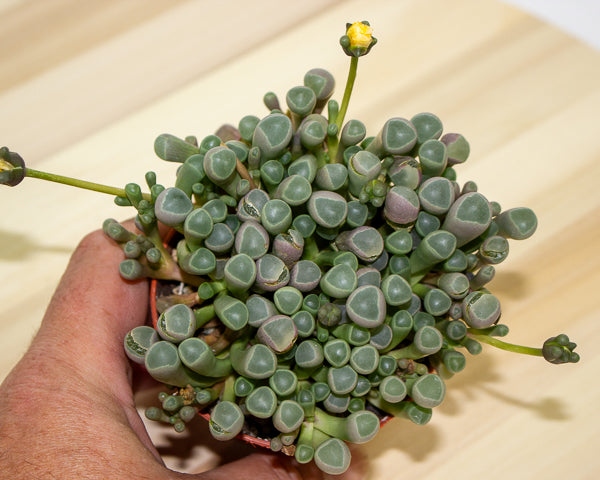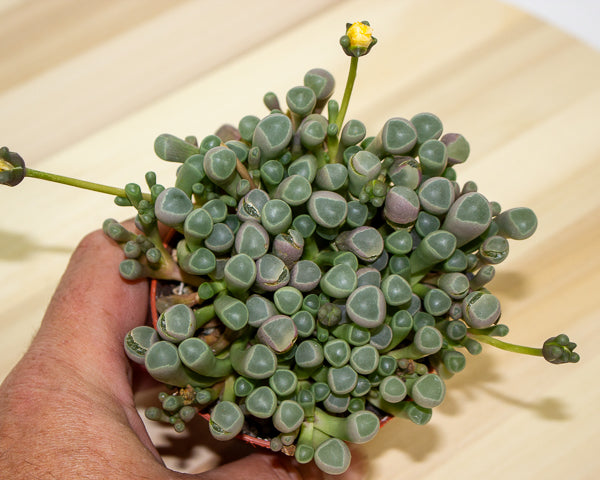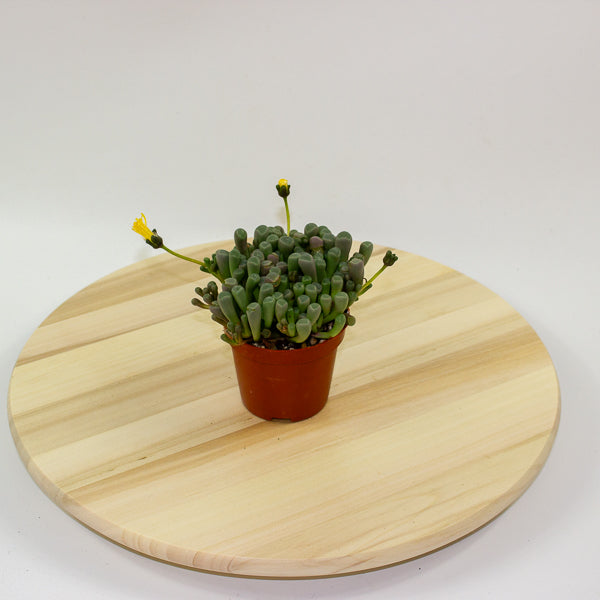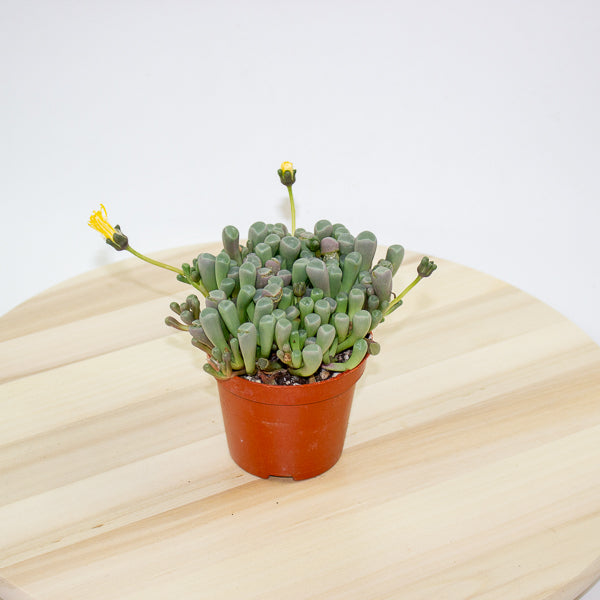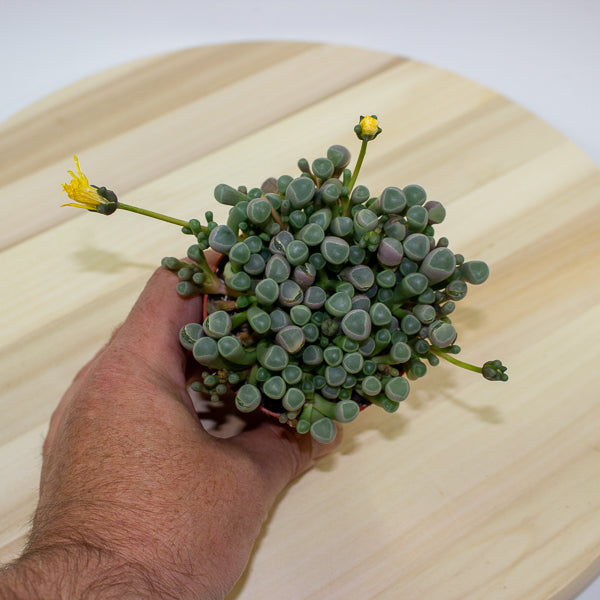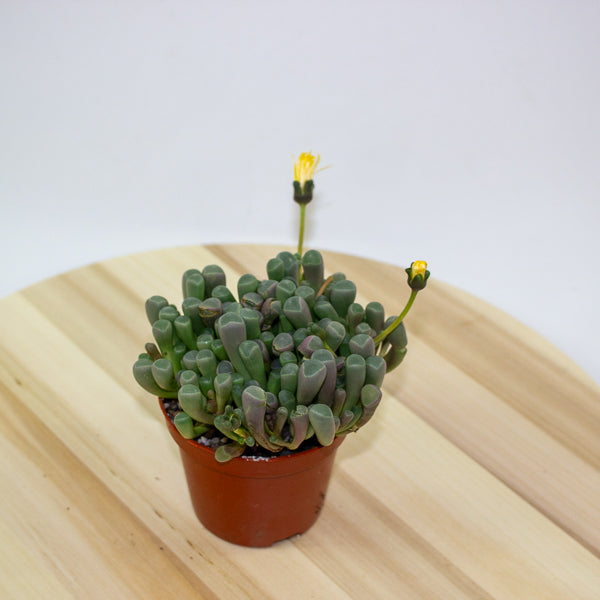1
/
of
7
Emm's Plant House
Fenestraria Rhopalophylla 'Baby Toes' 8.5cm H10cm
Fenestraria Rhopalophylla 'Baby Toes' 8.5cm H10cm
Regular price
£8.00 GBP
Regular price
Sale price
£8.00 GBP
Unit price
/
per
Taxes included.
Couldn't load pickup availability
Fenestraria rhopalophylla, commonly known as the "Baby Toes" succulent, is a unique and striking plant native to the coastal regions of South Africa. This small, low-growing succulent gets its name from its unusual, toe-shaped leaves that are fleshy and translucent at the tips. The plant forms clumps of these curious, finger-like structures that protrude from the soil, often with a soft, green color that turns pale or yellow under bright sunlight. Fenestraria is perfect for adding a quirky, drought-tolerant element to rock gardens, containers, or succulent arrangements.
- Full Botanical Name: Fenestraria rhopalophylla
- Common Names: Baby Toes, Window Plant
- Country and/or Region of Origin: Native to the coastal regions of South Africa
- Growing Conditions in Native Habitat: Grows in dry, sandy soils in coastal areas, where it thrives in full sun and well-draining soil, often found in rocky outcrops or coastal dunes.
Care Guide
Care Guide
Share
